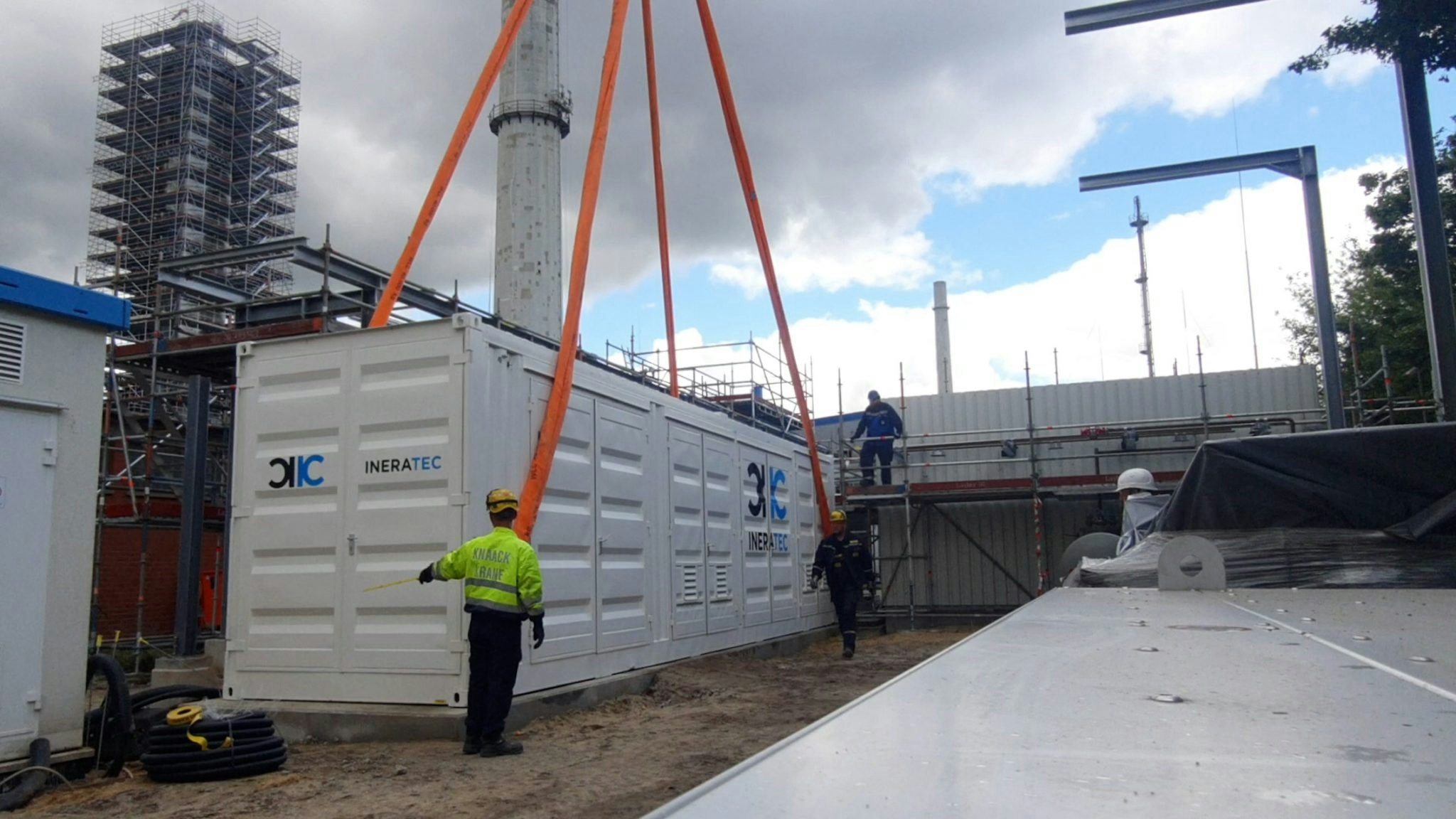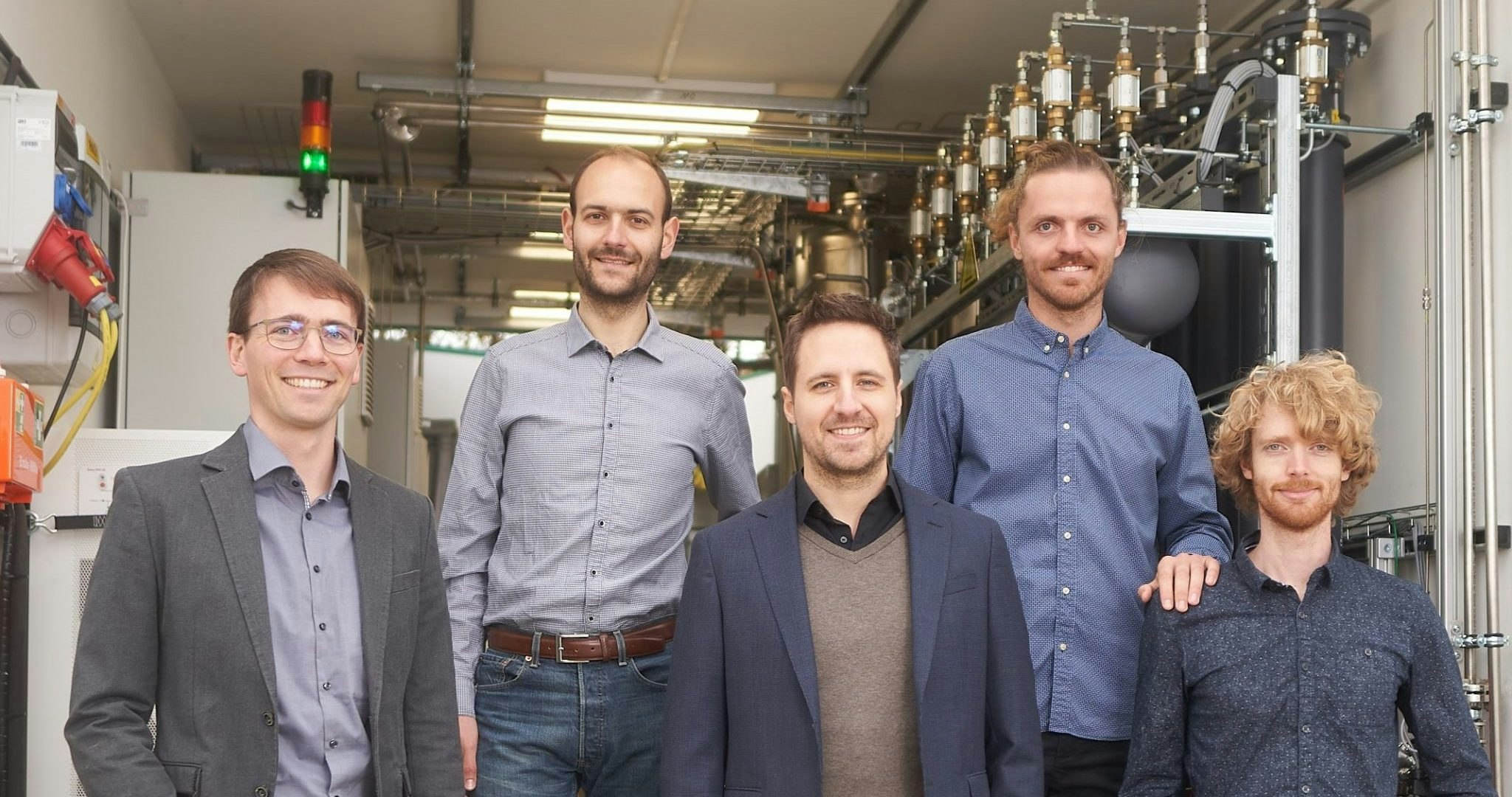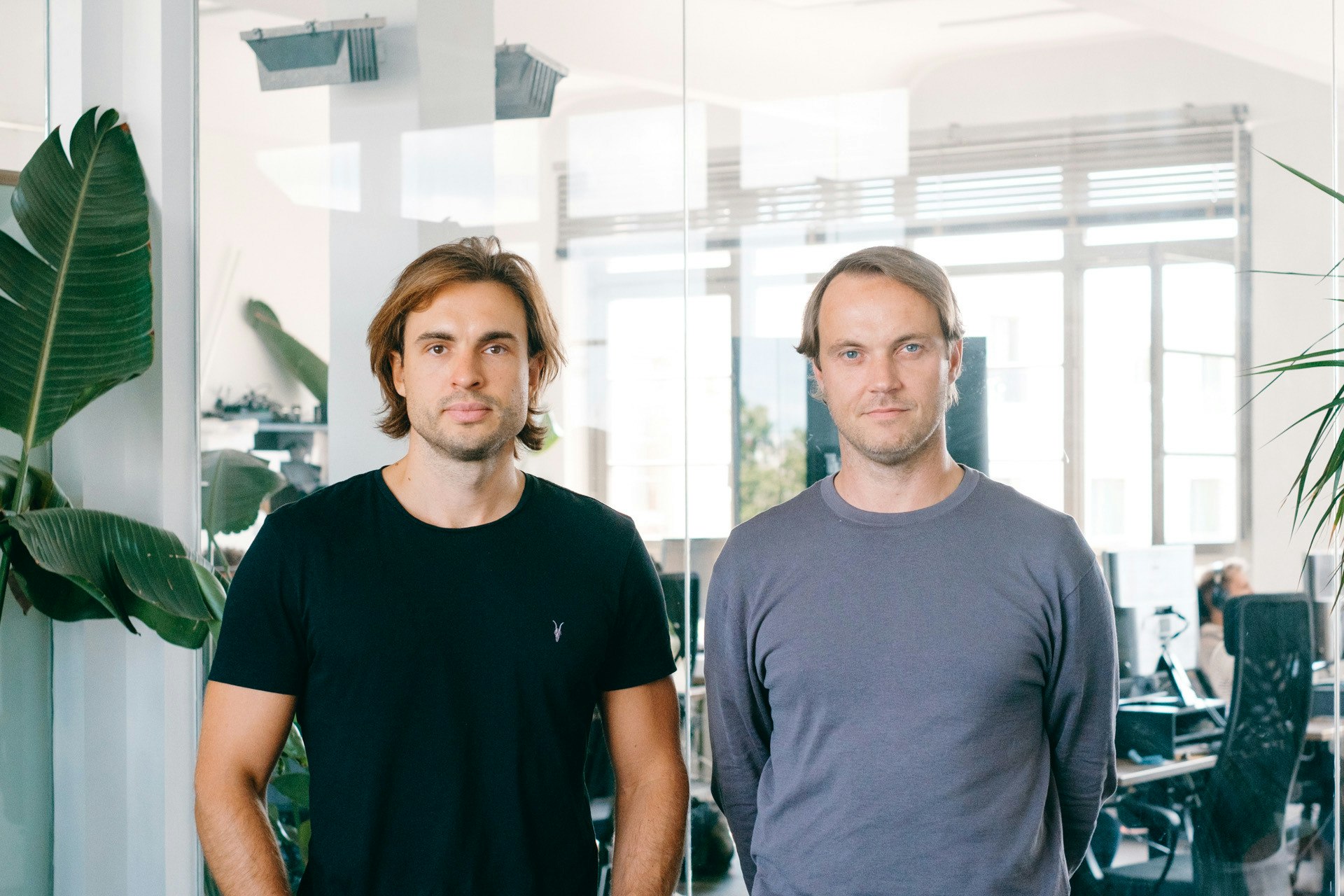You’ve developed tech which could help solve the climate crisis, say a next generation e-fuel plant or a biochar facility to store carbon deep under the ground. You’ve proven it works in the lab, and now you need to ramp it to full scale.
That means building physical infrastructure, which is a costly bet. You don’t have enough revenue to draw in a generalist VC fund, and most climate-specific funds can’t write a cheque large enough. Meanwhile, the banks won’t commit to debt-financing without seeing tech proven at scale. What do you do?
It is known as the “first-of-a-kind valley of death” — a moment when climate tech startups face a heightened risk of failure. It’s a challenge more and more climate tech founders are encountering. Startups are increasingly building hardware solutions to the climate crisis — but the question over who foots the bill for the initial demonstration facilities remains.
Falling between the gaps
Financing a first-of-a-kind facility (or FOAK) usually costs €30-50m, says Yair Reem, investor at climate-focused VC fund Extantia, and startups at this stage often fall between a number of gaps.
Banks and other debt financing vehicles can offer large sums, and are increasingly interested in climate infrastructure, but FOAKs are deemed too risky.
“When we have four or five units deployed, we can then start talking with banks or venture debt,” says Felix Fischer, founder of Reverion, a German startup building biogas plants. “Those financing options can really only come into play when there is a limited technology risk, and first-of-a-kind has risk.”
That leaves the venture funds. There are many generalist funds that can write €20-30m cheques, says Reem, but they want to see Series B traction and revenue. At this stage, there is no revenue.
Then the dedicated climate funds come into play, he says. The challenge there is that they are either first time funds, able to write up to roughly €5m, or more established billion-dollar-plus funds for which the smallest ticket is around €100m.
The solution: mix your capital
“The way to solve it is changing your capital stack,” says Reem.
“At the FOAK stage, the best-case scenario is having a third debt, a third from grants and a third in equity,” he says. “Then, all of a sudden, if you need €30m in total, it's just €10m in equity, which you have much more chance of raising than a larger amount.”
Startups that have managed to get past the FOAK hurdle tend to have a mix of capital on their cap tables.
INERATEC, a German startup that produces e-fuels, is now building its fifteenth plant. At the FOAK stage, it used a combination of grants and venture capital equity, says cofounder Philipp Engelkamp.

“In the beginning, you go for venture capital and grants,” he says. The company secured grants from the European Innovation Council and Germany’s Federal Ministry for the Environment, Nature Conservation, Nuclear Safety and Consumer Protection.
Engelkamp says INERATEC has also worked with customers.
“We are building plants for customers, with customers and therefore customers are co-investing in plants. If I were to give advice, it’s not to just look for money, but also look for customers,” he says.
It’s harder for FOAKs to secure customer investment, but they may be able to secure offtake agreements (pre-arranged agreements to take a portion of a plant’s output at an agreed price). Offtake agreements are a good way to de-risk FOAKs and unlock other forms of funding.
Emphasise the job creation potential
Reverion, a spinout from the Technical University in Munich, secured 50% of the financing needed for its first full-scale plant from grants and 50% from venture capital. The plant is planned to go live in October.
Reverion’s grant came from the Bavarian government. “They gave us 50% of the funding each year on what we spend on personnel, including engineers and other people to build the first of the plant, as well as 50% on material costs," says Fischer.
If startups are building in a particular region or town, they can emphasise the potential for green job creation in order to tap state-level grants.
It’s also a good way to tap local banks for debt financing to add to the capital mix, says Reem. “They have their own mandates, they don't just look at revenue and IRR, they also look at jobs created for a certain local area.”
And it’s not just up to founders to collate the mix of capital needed. Yoann Berno, former cofounder of VC firm Climentum Capital, says investors also need to form new alliances to help build more mixed capital sources for founders.
“We need to form more alliances across these stakeholder groups,” Berno writes. “A strong consortium is an important risk mitigation strategy for any FOAK plant to become a reality and it requires collective efforts from all stakeholders involved.”

Over the FOAK horizon
Once the FOAK is out of the way, startups open up a whole new pool of funding. “We're now talking to banks, we're talking to global PE funds, we’re talking to infrastructure funds,” says INERATEC’s Engelkamp.
Post-FOAK, startups are deemed far less risky technologically — and they can also physically show the technology to customers, which helps with offtake agreements and partnerships.
“We strongly believe that post-FOAK is a huge jump in the valuation of the company. Pre-FOAK you’re a venture case, but, if you manage to pull it off, you become an infrastructure case and then the market is almost infinite,” says Reem. “All of a sudden, you have a step change in the valuation of the company.”


